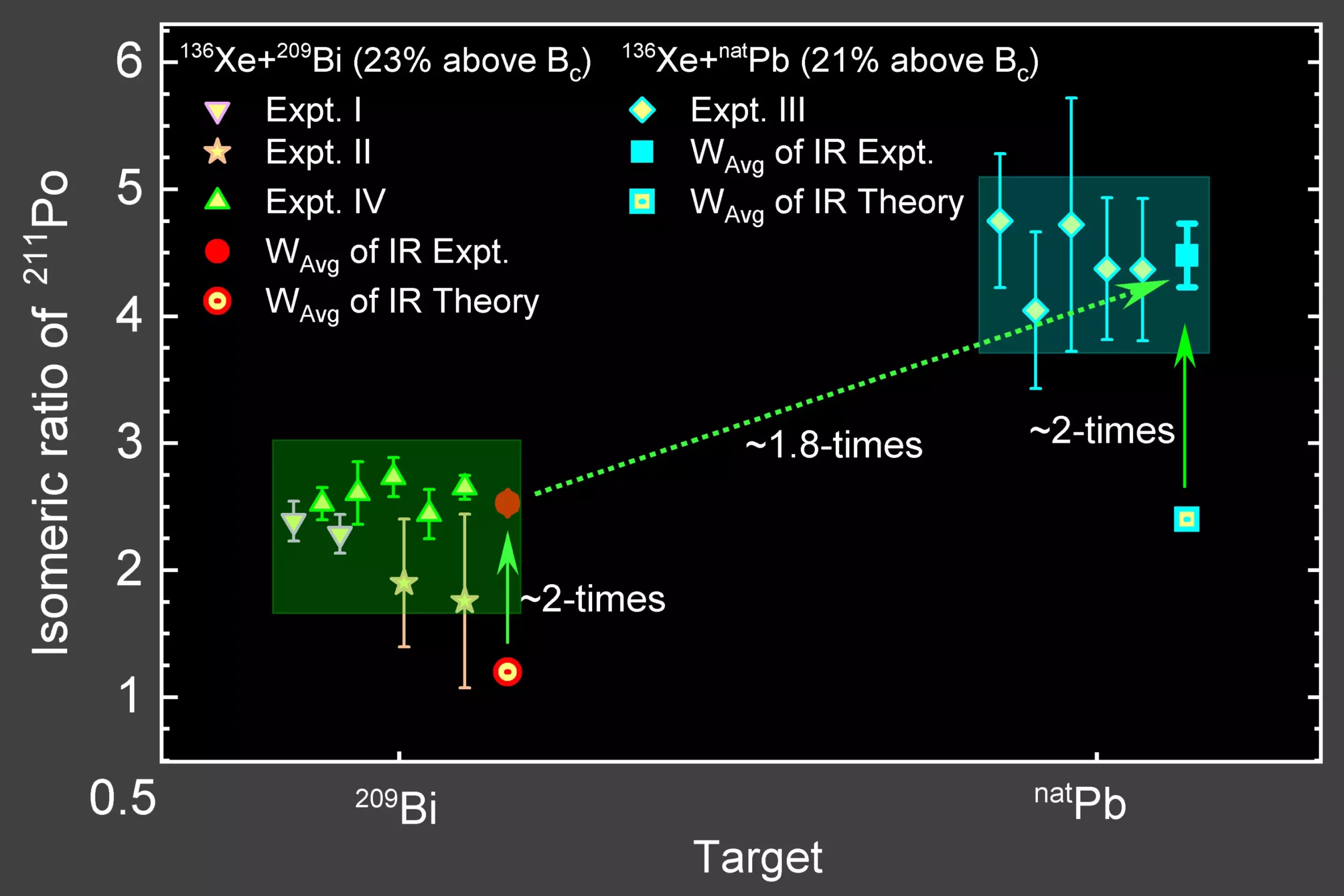The exploration of heavy neutron-rich nuclei is redefining the boundaries of modern nuclear physics and astrophysics, promising profound insights into the fundamental forces that govern matter. Traditional methods like fusion-evaporation or fragmentation have fallen short when it comes to accessing these elusive nuclei, which lie far from the valley of stability. Such nuclei are not mere scientific curiosities—they are pivotal to understanding cosmic phenomena, such as the synthesis of heavy elements in the universe through the rapid neutron capture process (r-process). The ability to produce, detect, and characterize these exotic entities could revolutionize our comprehension of stellar evolution and the origins of the heavy elements that make up our universe.
What makes these nuclei extraordinary is their complex internal structure, especially the occurrence of nuclear shell quenching—an effect where expected shell closures at certain neutron numbers weaken or disappear altogether. Pinpointing how these shell structures evolve under extreme neutron-rich conditions could challenge established nuclear models, forcing the scientific community to rethink foundational principles. Such insights could have ripple effects beyond nuclear physics, influencing astrophysical theories about neutron star mergers and supernova explosions.
Innovative Techniques: The Power of Multinucleon-Transfer Reactions
Conventional nuclear reaction methods are often inadequate for producing or studying neutron-rich heavy nuclei due to their low cross-sections and the extreme experimental demands involved. This is where multinucleon-transfer (MNT) reactions come into play—a technique that allows for the exchange of multiple protons and neutrons between colliding nuclei at near-Coulomb barrier energies. Unlike traditional methods, MNT reactions provide a more versatile and efficient pathway to synthesize these complex nuclei, especially when paired with radioactive ion beams (RIBs) of high intensity.
Despite their promise, MNT reactions are far from straightforward. They involve a labyrinth of reaction channels, each influencing the final product’s spin states, excitation energies, and reaction mechanisms. Precise control and deep understanding of these processes are crucial, yet they remain some of the most significant technical challenges in current nuclear research. By studying the transfer of nucleons at these energies, scientists can effectively “reach into” the terra incognita region of the nuclear chart, which has remained stubbornly inaccessible through conventional approaches.
Experimental Breakthroughs and the Role of Isomers
Recent experimental endeavors have harnessed the capabilities of advanced detection systems and high-intensity beams to probe this uncharted territory. Utilizing a neutron-rich xenon (136Xe) beam at the JYFL accelerator, experiments targeted heavy targets like lead and bismuth, capturing the resulting MNT fragments within helium-filled gas cells. This innovative approach enabled the precise sorting and identification of nuclei such as polonium-211, revealing the intriguing presence of long-lived excited states known as isomers.
The significance of these isomers extends beyond mere detection—they serve as windows into the internal configuration of nuclei, shedding light on how angular momentum and nuclear shell effects manifest in neutron-rich environments. The observed disparity in production rates between isomeric and ground states, especially depending on the proton transfer channels, provides critical clues about the underlying reaction mechanisms. For instance, the enhanced generation of certain high-spin isomers suggests that the transfer of specific nucleons plays a pivotal role in shaping nuclear structure at the extremes.
Traveling further into the theoretical dimension, the application of Langevin-type models to interpret these experiments signifies an optimistic stride toward predictive power. While current models qualitatively match experimental trends, the discrepancies highlight the urgent need for deeper refinement. These models must incorporate the nuanced interplay of projectile parameters, transfer dynamics, and angular momentum to accurately simulate the formation of exotic nuclei. Their continued development is instrumental for guiding future experimental campaigns and for broadening the horizons of nuclear science.
Challenges and the Road Ahead
The pursuit of neutron-rich heavy nuclei is a scientific odyssey laden with formidable hurdles. Generating sufficiently intense radioactive ion beams remains technically challenging, and the rarity of the nuclei demands highly sensitive detection and separation techniques. Moreover, the complexity of nucleon transfer processes—governed by angular momentum, energy distribution, and reaction pathways—adds layers of unpredictability that complicate both experimental design and theoretical modeling.
However, the collaborative spirit of the international scientific community fosters hope. As experimental tools become more sophisticated and models more precise, we’re poised to unravel deeper secrets of the nuclear realm. The upcoming focus on studying nuclei near the neutron shell closure at N=126 exemplifies this ambition, aiming to produce data that could recalibrate our understanding of nuclear masses, decay properties, and the mechanisms driving the r-process.
Ultimately, the journey into this uncharted territory is not only about expanding the nuclear chart but also about challenging our perception of matter at its most fundamental level. Each experimental breakthrough, each refined model, brings us closer to answering timeless questions: How do nuclei behave under extreme neutron-rich conditions? How do these conditions echo through the cosmos to forge the universe’s heaviest elements? And perhaps most significantly, what new physics does this unexplored region hold for us to discover?

